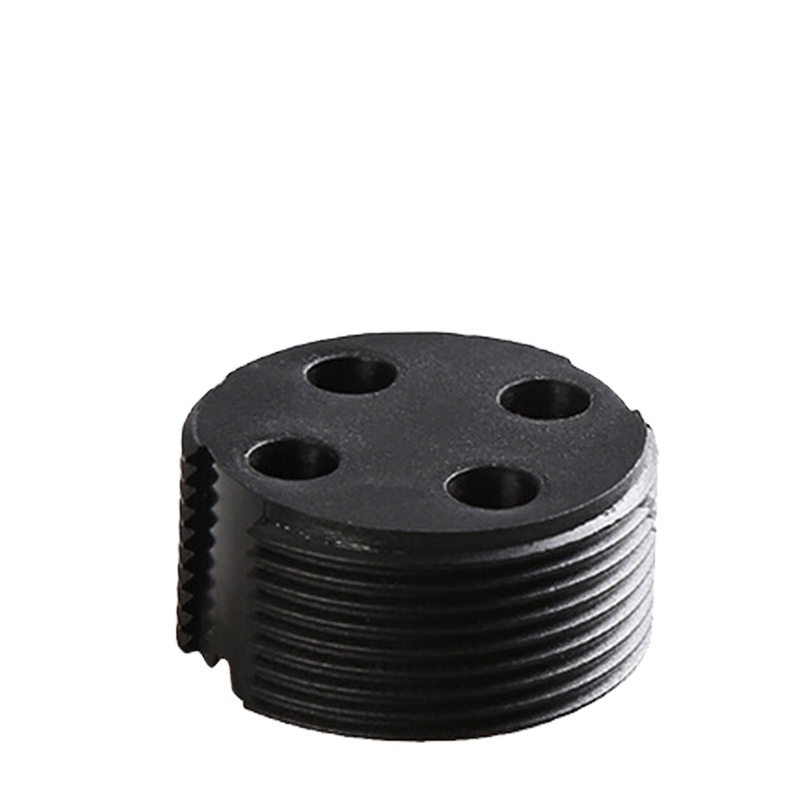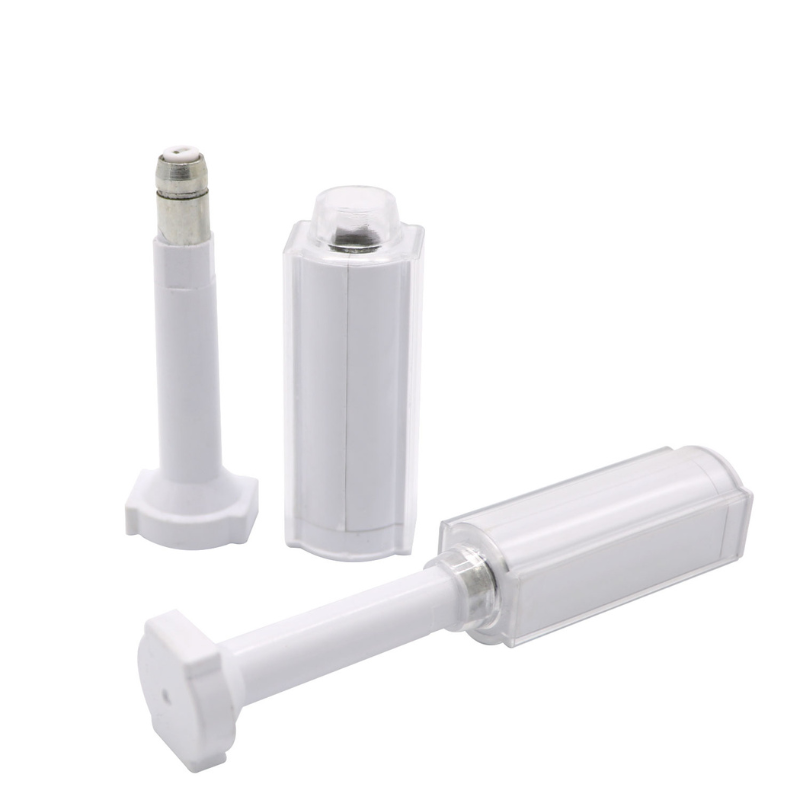
What is an RFID Tag for Livestock?
Table of Contents
Why RFID Is Essential in Livestock Management
In this guide, we’ll explain what an RFID tag for livestock is, how it works, and why it’s essential for modern animal management.
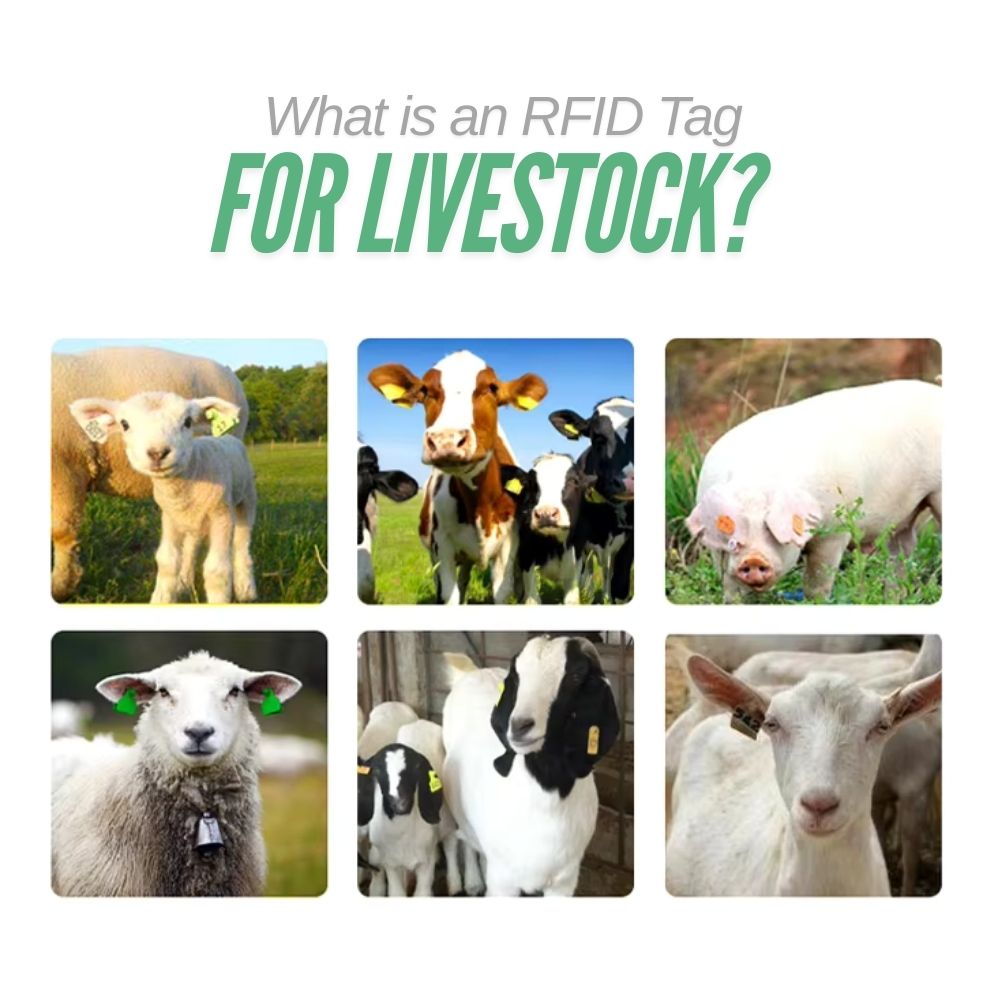
What Is an RFID Tag for Livestock?
An RFID tag for livestock is an electronic identification device embedded with a microchip and antenna, designed to be worn on an animal (usually as an ear tag). Each RFID tag contains a unique ID number that a compatible RFID reader wirelessly reads.
These tags are used to:
- Identify individual animals
- Track movements and health records
- Comply with traceability regulations (e.g., US, DA, ICAR, ISO 11784/11785)
How Do RFID Tags Work on Livestock?
RFID systems include three core components:
1. RFID Ear Tag (Passive Tag): Placed in the animal’s ear
2. RFID Reader: Handheld or fixed reader collects tag data
3.Data Software: Stores and analyzes animal information (weight, vaccination, breeding, movement)
How It Works:
- The RFID reader sends an electromagnetic signal
- The RFID tag for livestock receives power from the signal and transmits its ID
- The data is then stored and synced to farm management systems
Types of RFID Tags for Livestock
There are two main types of RFID tags used in farming:
| Type | Power Source | Use Case | Range |
|---|---|---|---|
| Passive RFID Tags | No battery (powered by reader) | Cattle, sheep, goats, pigs | Short (1–3 feet) |
| Active RFID Tags | Battery-powered | Specialized high-value livestock | Long (up to 100+ feet) |
➡️ Most livestock operations use Passive LF (Low Frequency) RFID tags, compliant with ISO 11784/11785 standards.
Common Applications of RFID Tag for Livestock
1. Animal Identification
Each RFID tag contains a globally unique ID to help differentiate animals — essential for managing large herds.
2. Health & Disease Tracking
Track vaccination history, weight changes, breeding cycles, and quarantine status.
3. Compliance & Traceability
Meet USDA and ICAR standards for animal traceability in case of disease outbreaks or transport regulation.
4. Feeding & Breeding Automation
Integrate with feeders or software to monitor animal growth and optimize reproduction cycles.
5. Theft Prevention & Ownership Validation
RFID adds a verifiable digital identity to each animal, reducing theft and supporting ownership claims.
Benefits of RFID Tag for Livestock Operations
| Benefit | Why It Matters |
|---|---|
| ✔ Accurate Identification | Reduces human error and misidentification |
| ✔ Real-Time Monitoring | Track health and movement on the go |
| ✔ Labor Reduction | Automates manual record-keeping |
| ✔ Regulatory Compliance | Meets USDA, ICAR, and ISO livestock tracking mandates |
| ✔ Long-Term Durability | Tags withstand harsh outdoor conditions |
| ✔ Improved Herd Management | Better decisions via centralized data |
Real-World Example
📍 A dairy farm in Wisconsin implemented LF RFID cattle ear tags integrated with smart scales and breeding software. Result: 25% improvement in weight monitoring accuracy and 30% faster herd sorting during rotation.

Frequently Asked Questions about RFID Tag for Livestock
What’s the difference between RFID ear tags and visual tags?
Visual tags require manual reading and are prone to human error. RFID tags offer digital accuracy and can be scanned without direct line of sight.
Are RFID tags safe for animals?
Yes. Ear tags are made of TPU and are painless when applied correctly using standard applicators.
What is the lifespan of livestock RFID tags?
Most passive RFID tags last 5–10 years, depending on the tag quality and environmental conditions.
Do RFID livestock tags meet USDA and ISO standards?
Yes. JIA RFID tags comply with ISO 11784/11785, USDA animal traceability regulations, and ICAR certifications.
How do I apply an RFID ear tag to an animal?
Using an RFID ear tag applicator, attach the tag to the middle third of the ear between the cartilage ribs. This placement ensures optimal signal readability and comfort for the animal.

Ray Zhou
This article was written by Ray Zhou, an RFID technology expert with more than 10 years of industry experience.
Comments
Hot Products

RFID in Logistics: How to Eliminate RFID Misrouting and RFID Label Failures
RFID in logistics is more than just a tool to speed up processes. It has become a key part of how modern supply chains operate.

What Is RFID Waste Management
Imagine a city where every trash bin speaks — not literally — but through a tiny chip that tells the system when it’s full, when it’s emptied, and where it went. That’s what RFID waste management is doing today.

What are Bolt Seals and their Applications? | Complete Guide
In global trade and logistics, bolt seals play a crucial role in ensuring cargo security and compliance. These small but powerful devices are designed to lock shipping containers, trailers, and cargo doors with a tamper-evident mechanism.
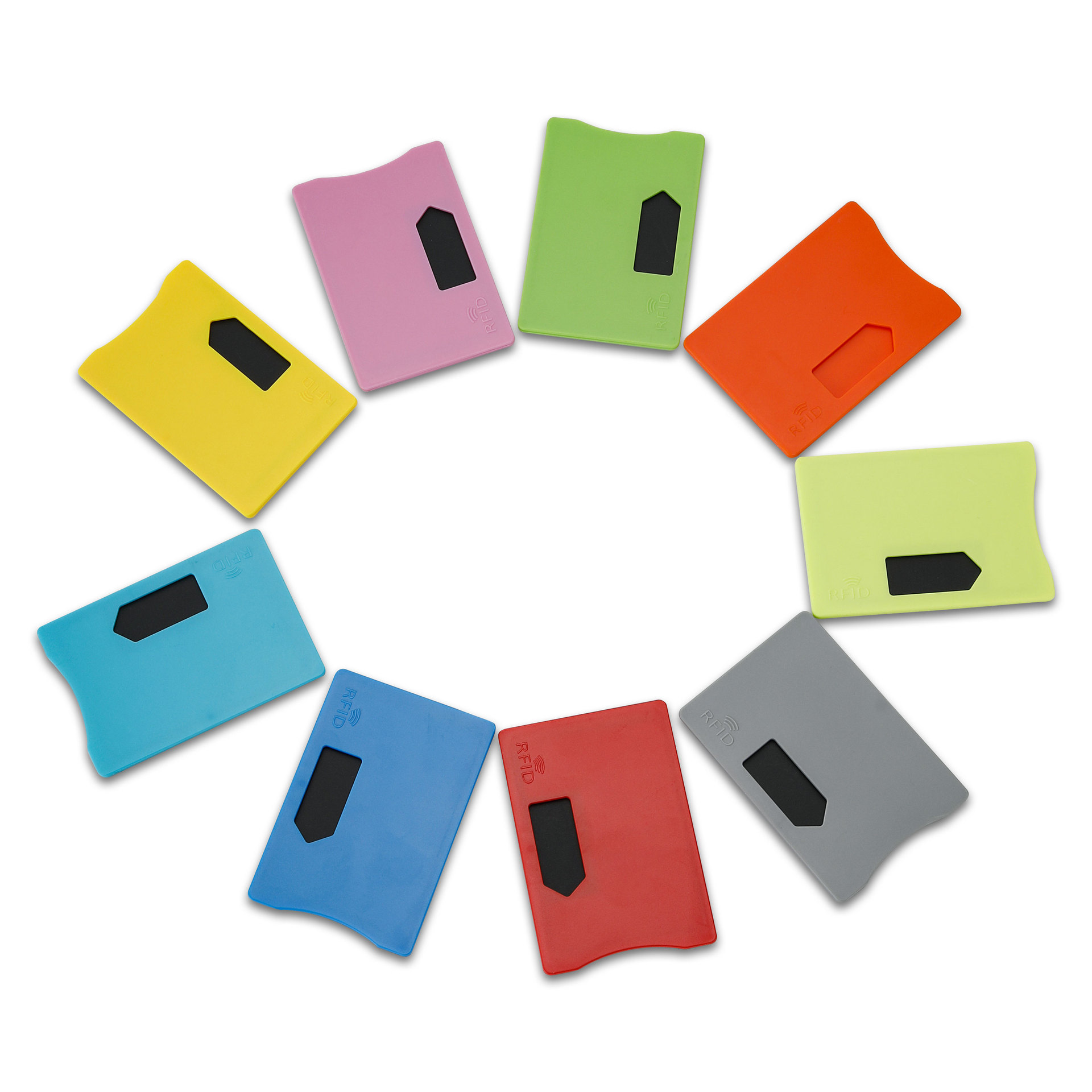
What is an RFID Card Protector? Benefits, Use Cases, and Buying Guide
RFID technology (Radio Frequency Identification) is everywhere: in your credit cards, ID badges, transit passes, hotel room keys, and more. It offers speed and convenience, but it also opens the door to a new kind of digital theft called “skimming.” That’s where an RFID card protector comes in.

RFID Wristbands for Events: Bulk Buying Guide for Organizers
RFID wristbands for events are becoming the go-to solution for organizers who need faster entry, fraud prevention, and cashless payments at concerts, festivals, and sports venues. Unlike paper tickets or QR codes, these smart wristbands use embedded chips to streamline access, secure transactions, and improve the guest experience.
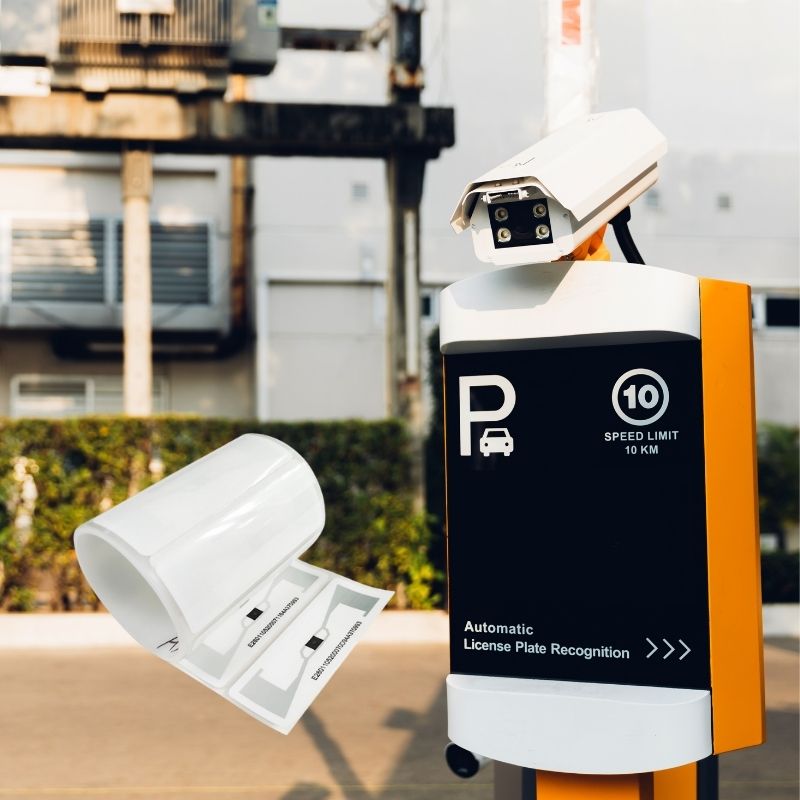
How RFID Tag on Windscreen Improves Vehicle Access Control and Toll Systems
In today’s fast-paced world, vehicle identification needs to be quick, secure, and contactless. An RFID Tag on the Windscreen provides exactly that — a reliable way to manage toll collection, parking, and gated access without stopping vehicles.
Tags
RELATED BLOGS

RFID in Logistics: How to Eliminate RFID Misrouting and RFID Label Failures
RFID in logistics is more than just a tool to speed up processes. It has become a key part of how modern supply chains operate.

What Is RFID Waste Management
Imagine a city where every trash bin speaks — not literally — but through a tiny chip that tells the system when it’s full, when it’s emptied, and where it went. That’s what RFID waste management is doing today.

What are Bolt Seals and their Applications? | Complete Guide
In global trade and logistics, bolt seals play a crucial role in ensuring cargo security and compliance. These small but powerful devices are designed to lock shipping containers, trailers, and cargo doors with a tamper-evident mechanism.


